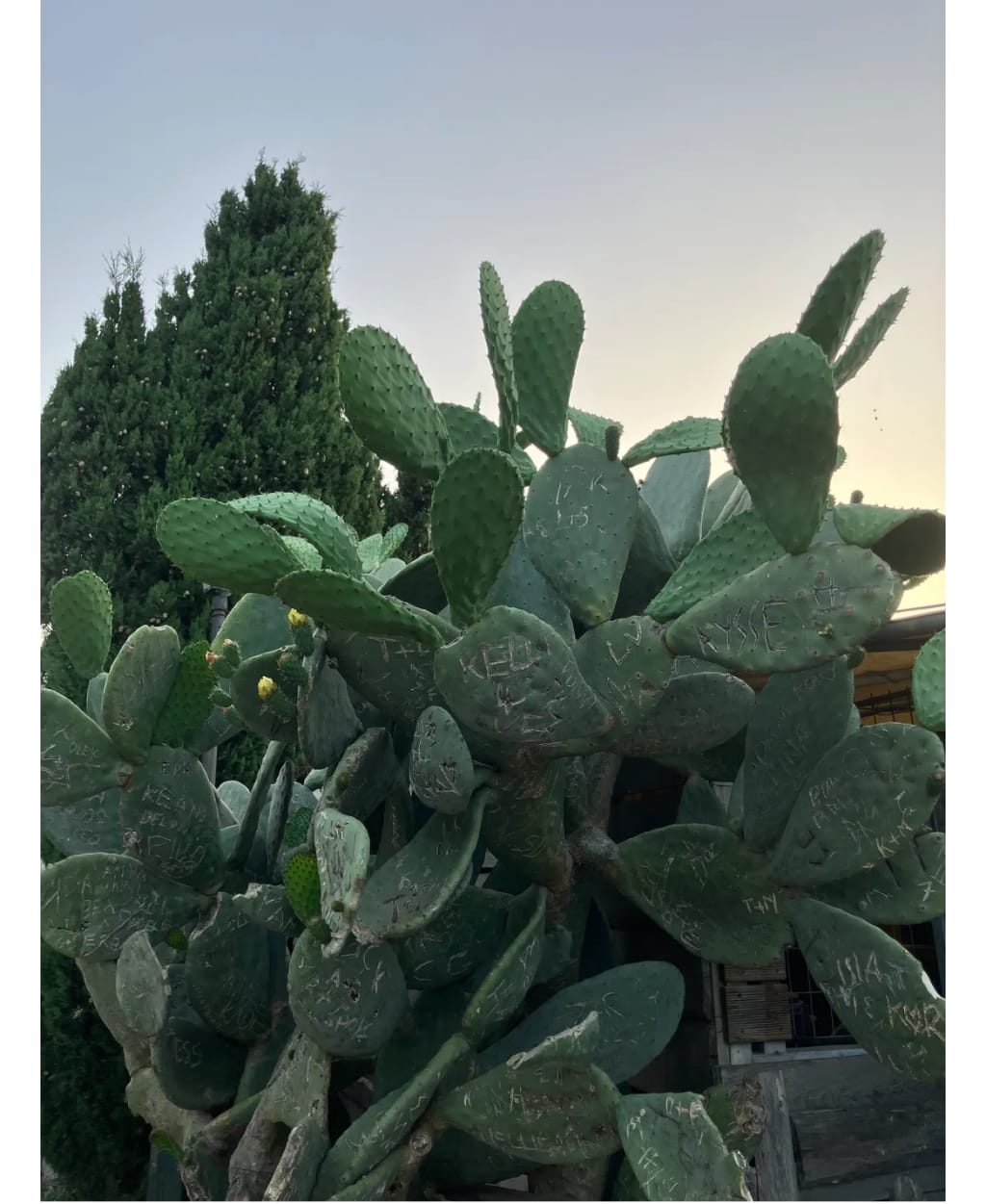
The prickly pear, scientifically known as *Opuntia*, is a remarkable member of the cactus family, distinguished by its flat, paddle-shaped cladodes (often referred to as pads or nopales) and vibrant, edible fruit. Originating in the Americas, particularly in arid regions of the United States, Mexico, and South America, the prickly pear has adapted to thrive in some of the harshest environments on Earth. Its resilience, versatility, and myriad uses make it a plant of significant ecological and economic importance.
Adaptation and Resilience
The prickly pear’s ability to survive in arid climates is a testament to its extraordinary adaptations. One of the most notable features is its thick, waxy skin that minimizes water loss by reducing transpiration. Additionally, the plant has a shallow but extensive root system, allowing it to quickly absorb any available moisture. The pads, which store water, can sustain the plant during prolonged droughts.
The prickly pear's spines serve a dual purpose: they deter herbivores and provide shade to the plant's surface, thereby reducing water loss. Moreover, some species of prickly pear have developed glochids, tiny barbed bristles that are even more effective at deterring animals from consuming the plant.
Ecological Significance
Ecologically, the prickly pear plays a crucial role in its native habitats. It provides food and shelter for a variety of wildlife, including insects, birds, and mammals. The flowers attract pollinators such as bees and butterflies, while the fruits are a valuable food source for animals like birds and small mammals.
In degraded lands, the prickly pear can be instrumental in soil conservation. Its roots help to stabilize the soil, reducing erosion. In addition, the plant can improve soil quality by adding organic matter as it decomposes. This makes it an excellent pioneer species for restoring arid and semi-arid ecosystems.
Culinary and Nutritional Value
The prickly pear is not just a survivalist plant; it is also a culinary delight. Both the pads and the fruit are edible and packed with nutrients. The pads, known as nopales, are a staple in Mexican cuisine. They can be grilled, boiled, or sautéed and are often added to salads, tacos, and scrambled eggs. Nopales are rich in fiber, vitamins (particularly vitamin C), and antioxidants, making them a healthy addition to any diet.
The fruit, known as tuna or cactus pear, comes in various colors, including red, yellow, and purple. It has a sweet, slightly tangy flavor and can be eaten fresh or used in jams, jellies, and beverages. The fruit is not only delicious but also nutritious, containing significant amounts of vitamin C, magnesium, and potassium.
Medicinal Uses
Beyond its culinary applications, the prickly pear has been used in traditional medicine for centuries. Indigenous peoples have long utilized the plant for its purported health benefits. The pads have been used to treat wounds and inflammations, while the fruit has been used as a remedy for various ailments.
Modern research has corroborated some of these traditional uses. Studies have shown that the prickly pear may have anti-inflammatory and antioxidant properties. There is also evidence to suggest that it can help regulate blood sugar levels, making it potentially beneficial for individuals with diabetes. Additionally, the fruit's high fiber content can aid in digestion and promote gut health.
Economic Importance
The economic significance of the prickly pear extends beyond its uses as food and medicine. In some regions, it is cultivated on a large scale for its fruit and pads. It is also grown as a fodder crop for livestock in arid areas where other forage crops cannot thrive. The plant's ability to grow in poor soil conditions with minimal water makes it an attractive crop for sustainable agriculture.
Moreover, the prickly pear is increasingly being used in the cosmetic industry. Extracts from the pads and seeds are used in skincare products for their hydrating and anti-aging properties. The plant’s resilience and ability to thrive with minimal inputs align well with the growing demand for natural and sustainable cosmetic ingredients.
Conclusion
The prickly pear is a remarkable plant that embodies resilience and versatility. Its ability to thrive in harsh conditions, combined with its ecological, culinary, medicinal, and economic benefits, make it an invaluable resource. As we face the challenges of climate change and food security, the prickly pear offers a sustainable solution, demonstrating that sometimes the most unassuming plants can have the greatest impact.
About the Creator
Charlotte Fay
Rambling outdoors & writing about it. Love a good adventure. Passionate about holistic wellness & the natural environment. Studying a Wildlife Ecology & Conservation Degree. I also love to write about a variety of subjects that interest me.
Enjoyed the story? Support the Creator.
Subscribe for free to receive all their stories in your feed. You could also pledge your support or give them a one-off tip, letting them know you appreciate their work.






Comments
Charlotte Fay is not accepting comments at the moment
Want to show your support? Send them a one-off tip.